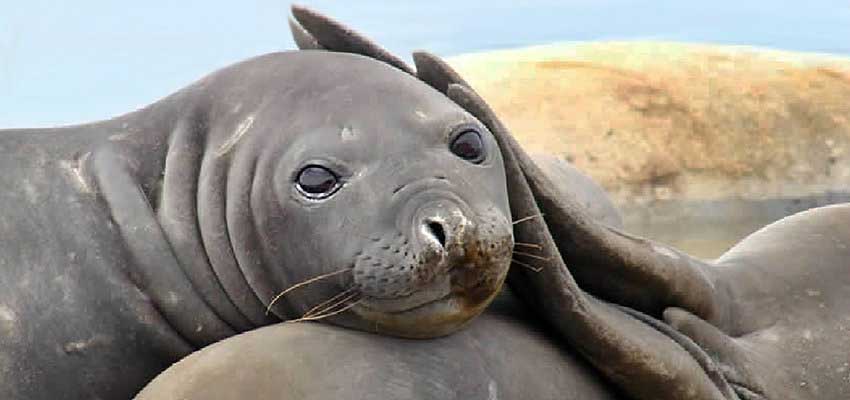Peninsula Valdes: a Unique Marine Fauna Heaven
Peninsula Valdes is one of the largest marine wildlife reserves in the entire world, and a prime spot for viewing a diverse collection of wildlife. It was designated a World Heritage Site by UNESCO because of its global significance as a marine wildlife refuge for several threatened species.
The scenic Peninsula Valdes, where arid landscapes contrast with the blue crystalline sea, is home to an important breeding population of the endangered southern Right Whales (whale season takes place from June to early December), southern sea lions, orcas (also known as “killer whales”), Magellanic penguins (penguin season is from mid-September to early-April), as well as the largest continental colony of southern elephant seals in the entire world. National Geographic listed the Peninsula Valdes as one of the 10 best places in the world for whale-watching.
The inner part of the peninsula is inhabited by rheas, guanacos (American Llama), hairy armadillos, ostriches and maras (very similar to hares). A high diversity and range of birds live in the peninsula as well; at least 181 species.
Our tour begins in the morning, when we head to Peninsula Valdes, which is an island united to the continent by a long strip of land called, in this case, Carlos Ameghino Isthmus. After 48 miles (77 kilometers) we make our first stop at the small interpretation center.
We’ll then continue on our journey to the second stop: Puerto Piramides (town of Port Pyramids), from where we’ll depart on a navigational tour to enjoy close-up views of sea lion colonies, and to explore caves rich in marine fauna fossils.
We then head to Caleta Valdes, a natural channel, which lodges a large variety of marine fauna. Caleta Valdes boasts the most spectacular panoramic views of the Peninsula Valdes. Elephant seals can be seen from a viewpoint that overlooks the sea; in addition to a small colony of Magellanic penguins.
Depending on weather conditions, orcas may be seen from October to November and from February to April, when they feed on young sea lions. Please note that, while present in the area, they are certainly not easy to see.
Orcas are the greatest predators of the seas and also among the fastest marine animals in the world; reaching speeds of 35 miles (56 kilometers) an hour! They eat several species of fish, as well as them sea lions, sea tortoises, elephant seals, sharks and penguins.
In Peninsula Valdes, orcas exhibit a unique behavior while hunting: they will quickly swim towards the shore and climb up onto the sand in order to prey on sea lions. The orcas in Patagonia are the only ones in the world who use this dangerous hunting method, where they leave two-thirds of their body exposed on the beach. They subsequently grip their prey in their strong jaws and slide back into the water.
After an exciting day exploring the wildlife of the Peninsula Valdes, we will return to your hotel, with a camera full of unique memories to share with family and loved ones back home.
Important: the tour’s exact itinerary and duration may change subject to weather conditions and decisions of the tour guide to optimize your tour experience.
Difficulty: none.
Duration: full day (approximately 10 hours from the time you leave your hotel until you return). Time for lunch is included but lunch cost is not included. Your tour guide will suggest places for lunch.
Guide: group guide. The maximum group size for this tour is approximately 20 travelers.
Vehicle: group vehicle. The total driving distance is 250 miles (400 kilometers) long. Half is done on paved road, the rest if done on unpaved, gravel roads.
Includes: entrance fee to Peninsula Valdes Reserve.
 See the largest continental colony of southern elephant seals in the entire world
See the largest continental colony of southern elephant seals in the entire world






